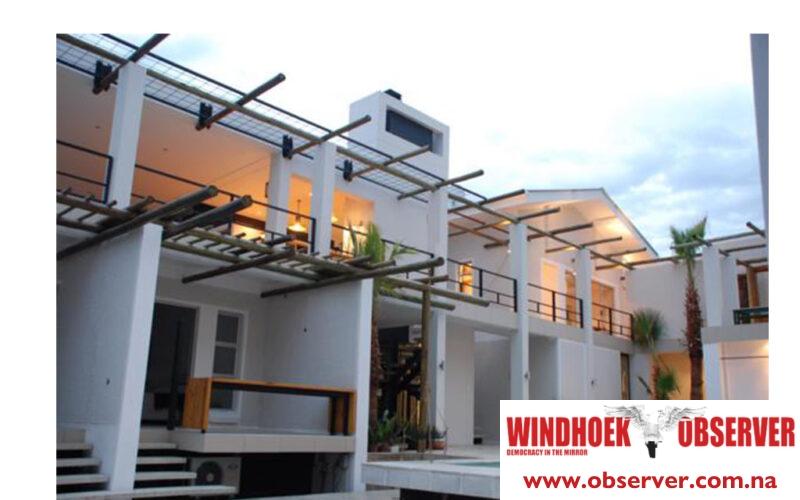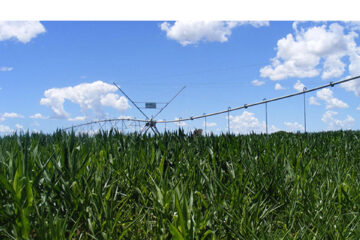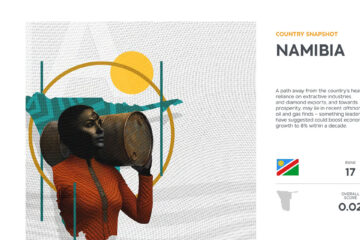CHAMWE KAIRA
The growth in property sales volumes improved in 2024 but remained in negative territory. During the period under review, the sale of properties in Namibia improved by 4.2%, reaching -15.5% in December 2024 compared to -19.7% in 2023.
Despite this, property sales remained in negative territory, thus reflecting ongoing affordability challenges and weak market sentiment, the financial stability report of April 2025 by Namibia Financial Institutions Supervisory Authority (NAMFISA) and the Bank of Namibia said.
The report said this is underscored by the low growth in mortgage credit, attributable to structural macroeconomic factors such as high unemployment.
“The central region moved out of the contraction phase and posted growth of 4.4% at the end of 2024. Similarly, the coastal and southern regions saw improvements of 2.3% and 40%, respectively. The strong growth in the southern region may be attributed to increased economic activity, driven by an influx of inhabitants seeking property amid rising oil and gas prospects in the region.”
The report said it is anticipated, however, that property sales will improve in 2025 following the accommodative monetary policy stance of the Monetary Policy Committee (MPC).
“Additionally, the effects of the downward tax adjustments, the increase in civil servant salaries, and housing subsidy adjustments may promote land and property acquisition,” the report said.
Namfisa and the Bank of Namibia said building activity improved in 2024, in line with the recovery in the construction sector.
“The total number of approved building plans increased by 20.3% on an annual basis. This brought the total value of approved projects to N$191.9 million in 2024, while completed projects amounted to N$73.5 million,” the report said.
The increase in building plans approved reflects growing investor confidence and aligns with the construction sector’s expansion in 2024, which was mainly driven by increased government-led infrastructure projects. The ratio of completed projects to approved projects stood at 38.3%, highlighting that less than half of the approved developments were finalised during the review period.
The report said this suggests delays in project execution, which coincides with the low uptake of mortgage credit, particularly corporate mortgage credit.
“However, while this gap indicates short-term challenges, the construction sector’s recovery is a positive development.”
The report said growth in rental prices increased in 2024, remaining above pre-pandemic levels. The rental index increased by 2.4% on an annual basis in the third quarter of 2024 to reach 103.5 index points, compared to 100.8 index points at the end of 2023.
“The rentals of the three-bedroom and the more-than-three-bedroom rental categories continue to drive growth in the rental index. The rental index, though below the peaks of 2023 and early 2024, remains above the pre-pandemic levels, which could be attributable to affordability constraints associated with property acquisition leading consumers to opt for renting over homeownership.”




